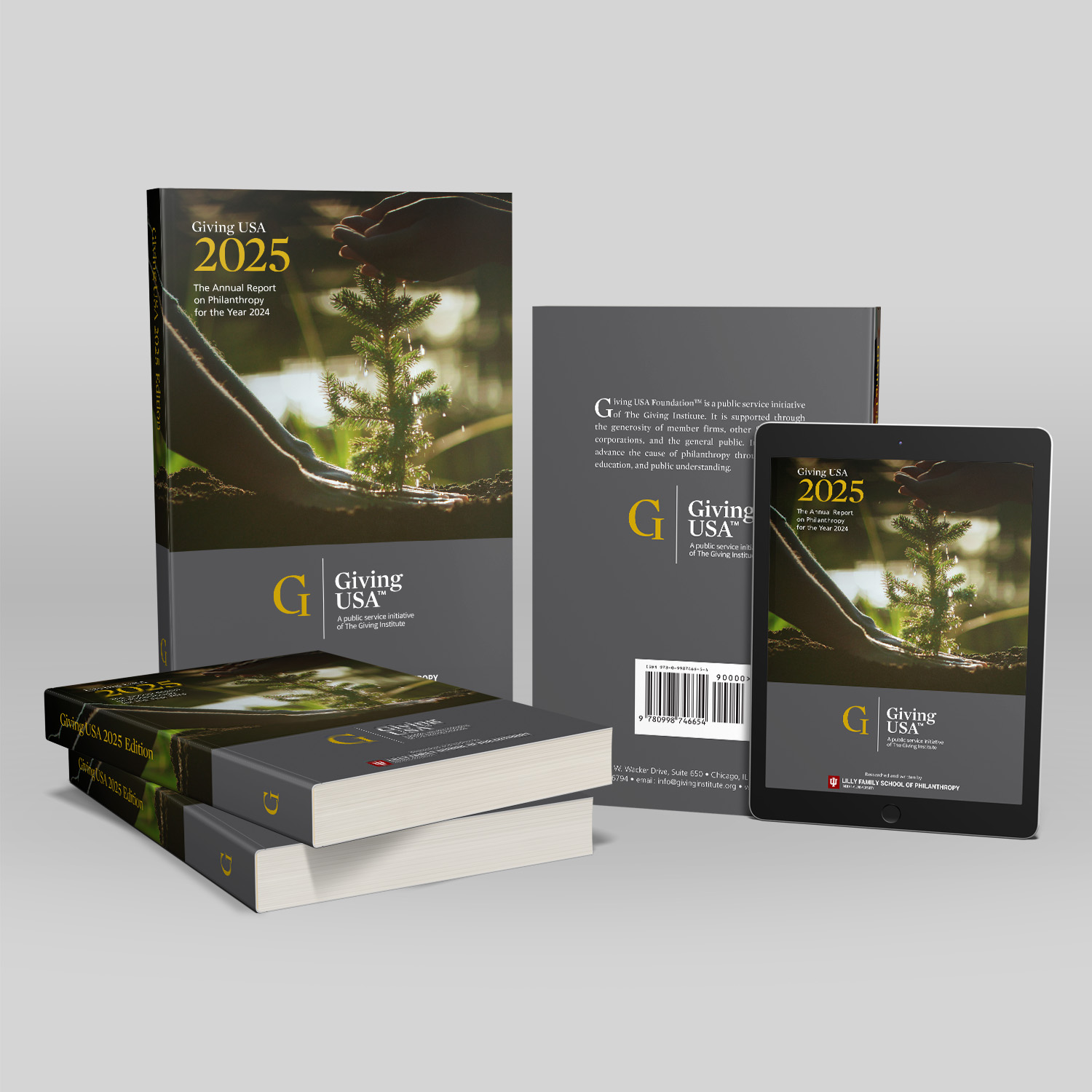Donors not only provide essential monetary support for your organization, but they also build the foundation of the supportive community that every nonprofit needs in order to thrive. That’s why it’s so important to have an ironclad donor retention strategy in place that helps you turn as many first-time donors into lifelong supporters as possible.
But how do you do that? The following five tips will help you form a strong base for connecting with and stewarding lifelong donor relationships:
- Make Donating a Positive Experience
- Use Multiple Touchpoints
- Craft Compelling Communications
- Create a Data-Informed Strategy
- Always Say Thank You
As you begin improving your donor retention, you’ll want to identify donors who can make a more significant difference at your organization. Once you’ve mastered the basics of our tips here, DonorSearch’s guide to affinity, propensity, and capacity to give can help you further hone your strategy for maximum impact. Let’s get started!
1. Make Donating a Positive Experience
Imagine this: you’ve just heard about an amazing nonprofit that is making significant strides towards alleviating child hunger, turtle extinction, or whatever other cause sparks your interest. You’re so excited to get involved and immediately navigate to their website to make a donation. But when you click on their donation page, the color contrast is so low that you struggle to read the text, it takes forever to load, and if you’re on a mobile device, you have to pinch and zoom to be able to fill out the form.
Would that experience make you want to fill out that form a second time? Probably not.
Giving donors a positive donation experience is crucial for every donation, but it’s especially important if you want them to come back to make a second gift. Here are a few ways to improve the donation experience:
- Use accessibility best practices. Making sure that all images have alt text and that your images have a high color contrast are only the beginning of making your donation page accessible.
- Maintain your organization’s branding. When your donation page matches the rest of your site, donors will be more likely to trust that their donation is secure.
- Optimize your donation page for mobile users. Make sure your donation page is accessible on all devices so that donors can easily give on the go.
- Implement a matching gift database. Give your donors the ability to easily find their company’s corporate giving information and submit the necessary forms to easily and efficiently increase your donors’ impact.
These small changes and adjustments can make a big difference for your donors as they fill out your donation form for the first or the tenth time. Making sure that they feel secure in donating money to your organization and that it’s a seamless process is a crucial part of creating a positive impression for your donors.
2. Use Multiple Touchpoints
According to research from the Fundraising Effectiveness Project, first-time donors only donate again about 20% of the time. However, if a donor makes a second donation, the chance of them donating again goes up to 60%.
This highlights why it’s so important to keep reaching out to donors. Of course, you want to be strategic and not hound them with communications, but increasing the number of high-quality touchpoints can increase the chances of them donating again and becoming long term donors.
One of the best ways to do this is to automate donation-triggered outreach. In practice, this means setting up an email drip campaign that is triggered by the first donation, and a separate one that is triggered by the second donation. For example, your first email drip campaign could include:
- An email immediately after a donor submits their donation. This email should thank them for their contribution and inform them of other ways to get involved. You should also encourage them to follow you on social media and sign up for your newsletter in order to keep up with what your organization is doing.
- An email about a week after their donation. Share news about recent work your organization has done and what donations help you accomplish. Use this email to really make your donor feel like their contribution is meaningful and helping to make a difference. You can encourage them again to follow you on social media in order to keep up with what your organization does.
- An email two or three weeks after their donation. Share stories from supporters and beneficiaries of your cause. This is a great way to increase the donor’s affinity for your organization and get them excited to continue working with you.
If you craft a second email drip campaign for second-time donors, tailor it to donors who have more knowledge and context about your organization. They’ve already received your first set of introductory emails, so these should be like the “intermediate” companion to your beginner email drip campaign.
3. Craft Compelling Communications
Whether your communications are all automated or not, make sure that each and every one is compelling and provides value to your supporters. If your emails are unnecessarily long, rambling messages, or offer no new information, reminders, or interesting stories, your donors will stop opening them. From there, it’s a slippery slope to becoming completely disengaged from your organization. Even for donors who are not actively donating right now, you want to keep them engaged and interested in your organization so that you can nurture that donor relationship and solicit donations further down the line.
Providing concrete, useful, and relevant information is one of the easiest ways to provide value for any audience. But, what about when you want to share about your mission or the work you’re doing? Use storytelling in your communications to turn your mission, a recent project, or donor experience into an interesting and exciting narrative.
Getting Attention’s guide to nonprofit storytelling recommends including the following elements in your storytelling efforts:
- A compelling character who is relatable to the audience and is impacted by your organization
- A main conflict, which is usually the problem your organization is working to solve
- A solution that helps your donors understand how they can help
Using this structure can make even the most mundane communications jump off the page and come to life for your audience. Providing your donors with high-quality communications like this will keep them engaged with what you share, no matter what it is.
4. Create a Data-Informed Strategy
Tracking and understanding your donor data is an essential part of facilitating long-term relationships through strategic communications. While many organizations collect data, not as many actually make good use of that data to improve donor relationships. Modern tools make this easy with artificial intelligence and machine learning capabilities that help you understand your data better.
With the right software, you can not only collect data when donors fill out your donation form, attend your events, or engage with your organization in other ways, but you can also make use of that data to improve your planning and communication. Using artificial intelligence to analyze your data, you can:
- Accurately segment donors to receive different communications
- Automatically personalize communications with your donor’s name and donation amount
- Identify high and low-affinity donors to better tailor your communications
Artificial intelligence can sound fancy and intimidating but it’s much more accessible than you’d think. Take the time to make sure you really understand the data capabilities of the software you want to use before making an investment. After all, collecting data is only effective if you actually use it to improve your strategy.
5. Always Say Thank You
Even if you’re doing everything else right, if your donors don’t feel properly appreciated, they still might become disillusioned.
The last (and perhaps most foundational) step of your strategy for retaining donors should always be ensuring that they feel appreciated. You can do this by:
- Creating an automatic post-donation thank you
- Sending personal thank you notes
- Shouting out major donors in newsletters or on social media
- Creating a physical or online donor wall for major donors
- Sending gifts to long-time or major donors
Whether you’re dealing with a first-time donation of $20 or a major gift of $10,000, you should never slack on saying thank you. Every gift matters, and making sure donors consistently feel appreciated increases the chances of them staying connected to your organization and turning into major or lifetime donors.
Cultivating a loyal base of lifetime supporters is a necessary skill for all nonprofits to improve upon. Take the time to really examine your current relationship with your donors and your stewardship methods. Even if you’re already doing a stellar job, there’s always room for improvement.
Author Bio:
Sarah Tedesco is the Executive Vice President of DonorSearch, a prospect research and wealth screening company that focuses on proven philanthropy. Sarah is responsible for managing the production and customer support department concerning client contract fulfillment, increasing retention rate and customer satisfaction. She collaborates with other team members on a variety of issues including sales, marketing and product development ideas.



